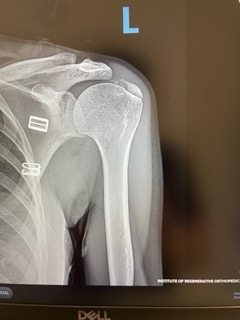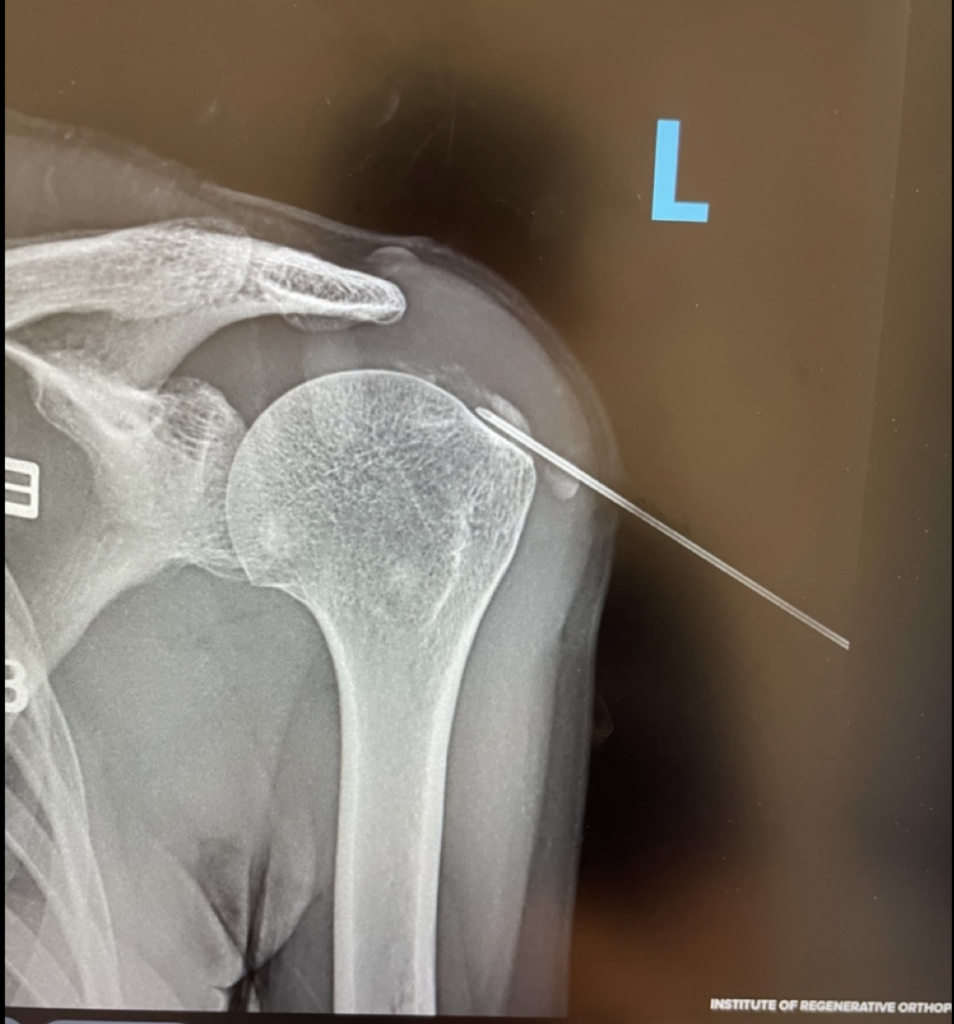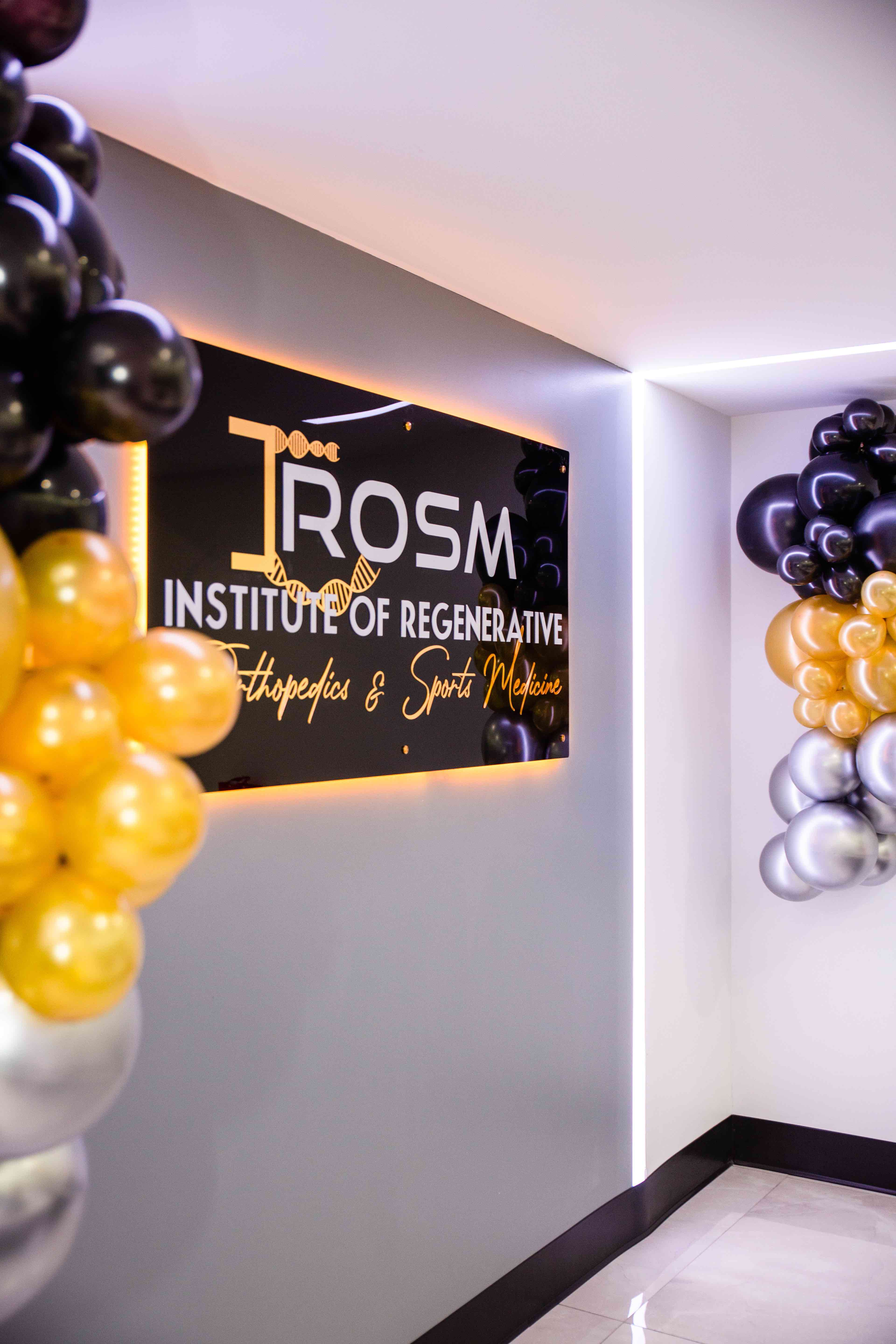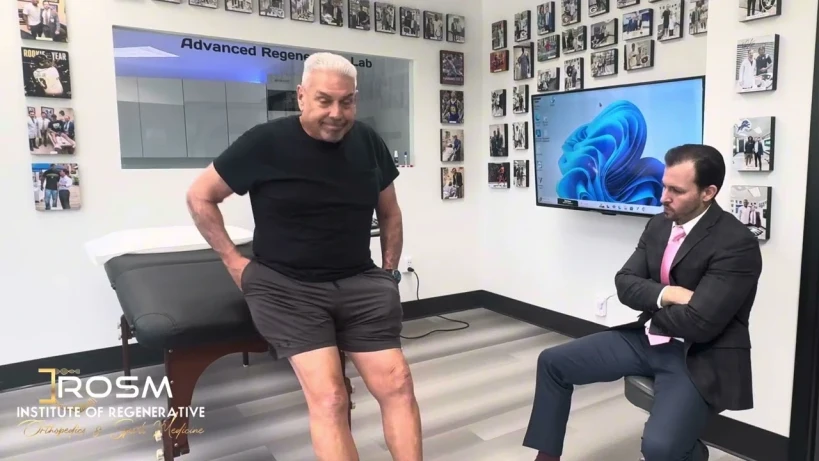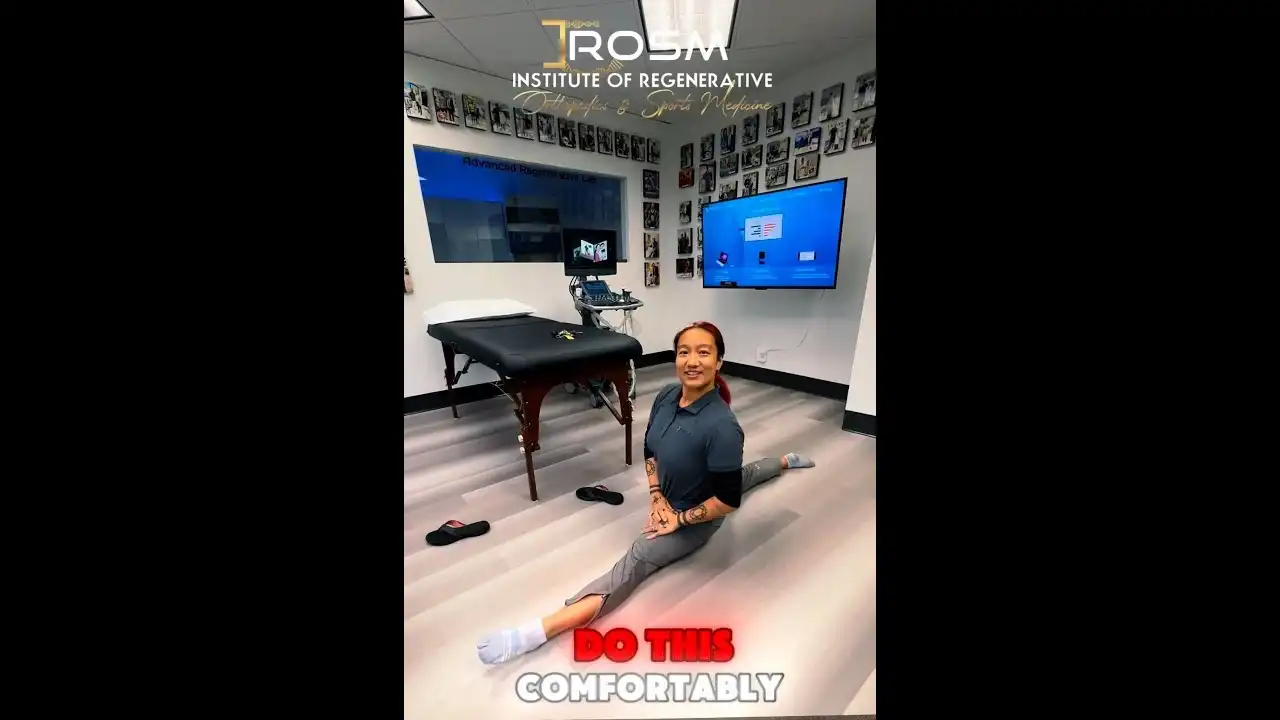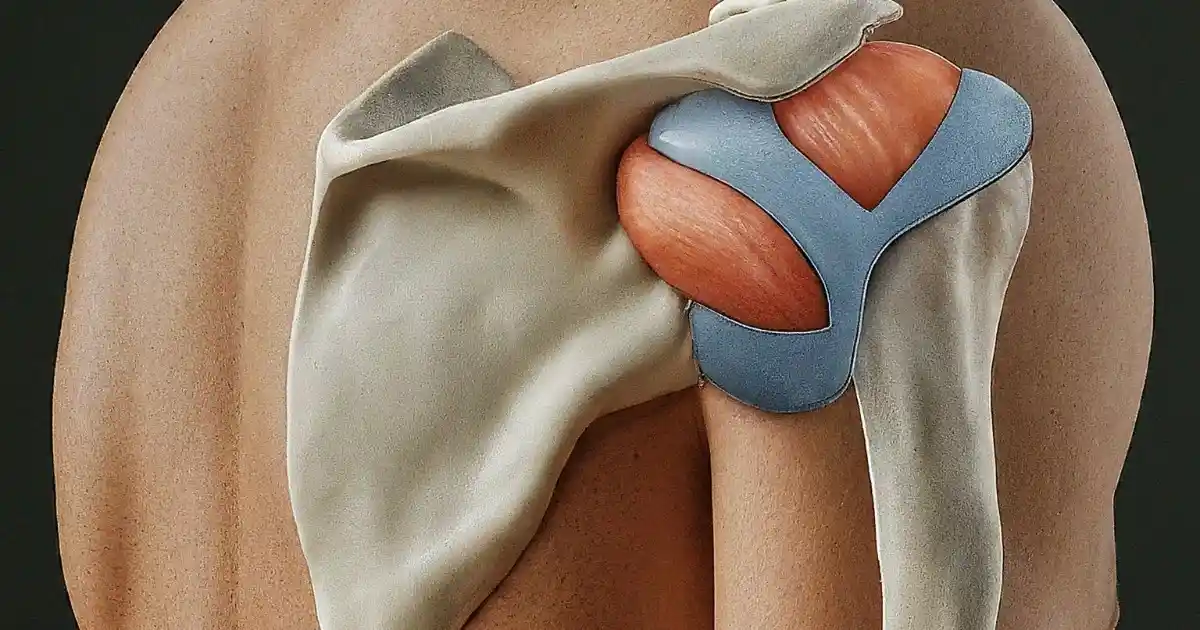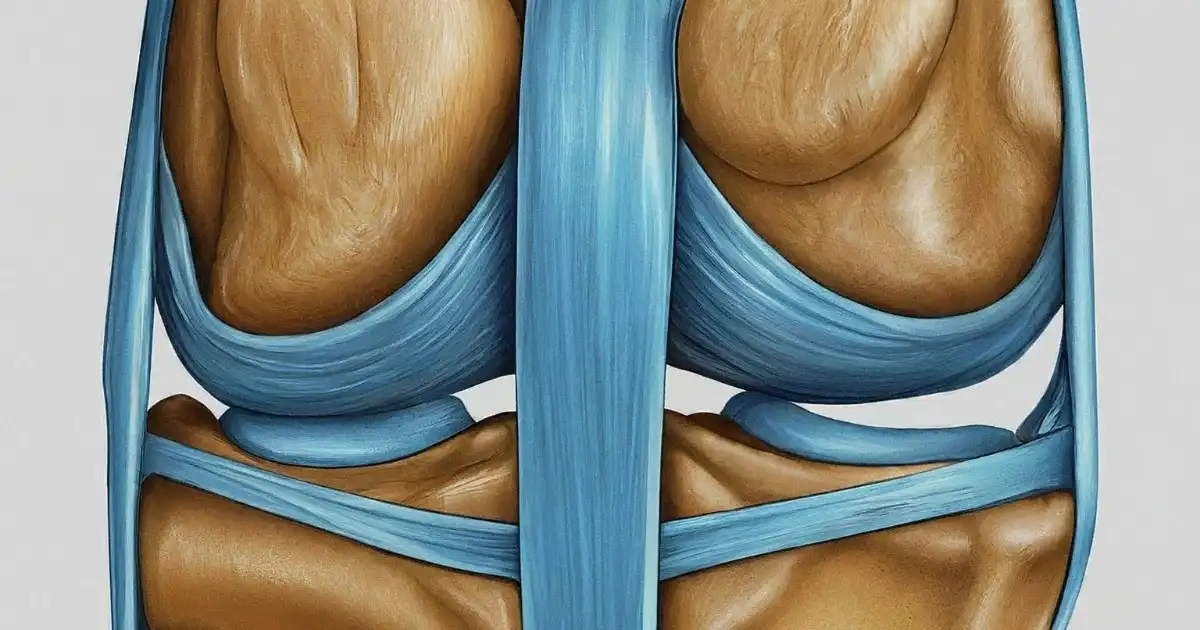Calcific Tendonitis Exposed: Shedding Light on a Common Orthopedic Condition
Calcific tendonitis is a prevalent orthopedic condition that affects individuals of various age groups and can significantly impact their daily lives. Tendons, essential for proper musculoskeletal function, are prone to injury and degeneration, making them susceptible to calcification. Understanding the mechanisms, symptoms, and available treatment options is crucial for effectively managing this condition and restoring patients’ quality of life.
Tendons play a vital role in connecting muscles to bones and transmitting forces during movement. When subjected to repetitive stress or trauma, tendons can become damaged, leading to inflammation and degeneration. Calcific tendonitis occurs when calcium deposits form within the tendon, causing pain, reduced range of motion, and functional limitations.
How to Diagnose
To diagnose calcific tendonitis, various imaging techniques are utilized. X-ray imaging is commonly employed to visualize the calcium deposits within the affected tendon. However, ultrasound examination has gained prominence due to its ability to provide real-time imaging. This guide interventions such as the ultrasound-guided barbotage procedure.
Treatments
While traditional treatment approaches focus on non-surgical interventions. In severe cases, surgical excision, regenerative medicine has emerged as a promising option. Dr. Jorge A. Gonzalez MD, a board-certified Regenerative Orthopedics & Sports Medicine Medical Doctor. Owner and founder of the Institute of Regenerative Orthopedics & Sports Medicine in Fort Lauderdale, specializes in the ultrasound-guided barbotage procedure.
What is Ultrasound Guided Barbotage
The ultrasound-guided barbotage procedure is a minimally invasive technique that involves the precise targeting and fragmentation of calcium deposits within the affected tendon. Dr. Jorge A. Gonzalez MD’s expertise in this procedure allows for accurate needle placement guided by ultrasound imaging, maximizing the efficacy of treatment.
What are some of the advantages
One of the key advantages of the ultrasound-guided barbotage procedure is its minimally invasive nature, which reduces risks and promotes faster recovery. By specifically targeting and fragmenting the calcium deposits, the procedure facilitates their gradual reabsorption, relieving pain and restoring functionality.
At the Institute of Regenerative Orthopedics & Sports Medicine, Dr. Jorge A. Gonzalez MD and his team are dedicated to providing comprehensive care to patients with calcific tendonitis. Their success stories and patient testimonials attest to the effectiveness of the ultrasound-guided barbotage procedure and the positive impact it has had on patients’ lives.
Post-treatment, rehabilitation programs and exercises are crucial for optimizing outcomes and preventing future recurrences. Dr. Jorge A. Gonzalez MD and the Institute of Regenerative Orthopedics & Sports Medicine prioritize long-term management and provide guidance on preventive strategies to ensure patients maintain a healthy, active lifestyle.
In conclusion, calcific tendonitis can be a debilitating condition, but with the right diagnosis and treatment, patients can regain their mobility and alleviate pain. Dr. Jorge A. Gonzalez MD and the Institute of Regenerative Orthopedics & Sports Medicine offer cutting-edge solutions, such as the ultrasound-guided barbotage procedure, to provide patients with the highest level of care and a pathway to recovery.
